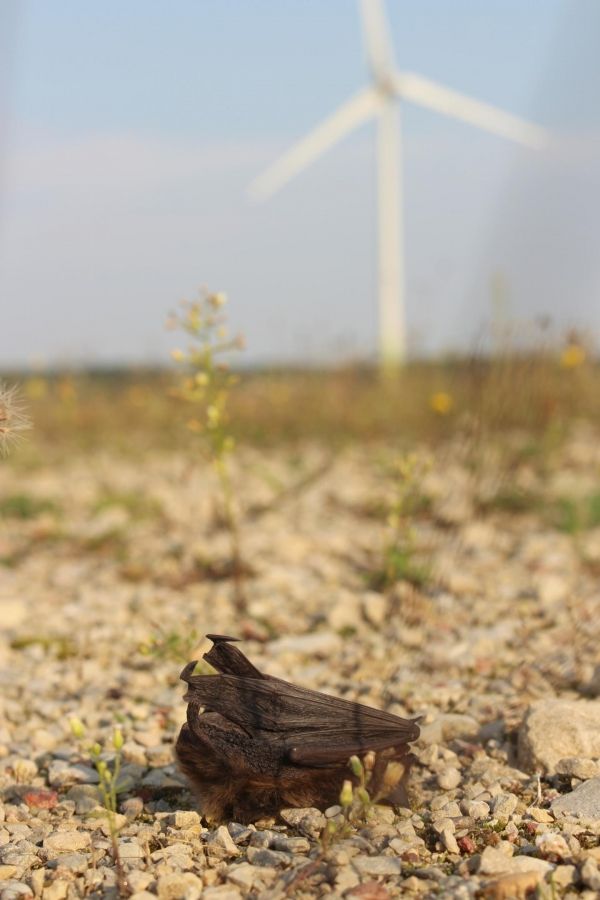Wind energy is considered to be one of the most promising forms of renewable energy. Yet, each year, wind turbines are responsible for the death of hundreds of thousands of airborne animals such as bats which die from collisions with turbine blades.
To find a constructive way out of this “green-green” dilemma, companies building and running wind turbines might have to work together with environmental experts and conservationists. Yet a lack of trust between them is likely to hinder effective and creative collaboration. In an article published in Energy Reports, scientists of the Leibniz Institute for Zoo and Wildlife Research (Leibniz-IZW) show that shared values alone are not sufficient to build mutual trust between these groups, as beliefs and emotions hold a stronger sway for the collaboration. The authors argue that an improved awareness of each others’ beliefs and emotions in relation to the construction and operation of wind turbines can benefit their work in this field and help find a way out of the dilemma.
Mitigating climate change by producing more renewable (green) energy, for instance through wind turbines, seems to be a good thing. So is the conservation of biological diversity through protecting airborne animals such as birds and bats. However, when bats and birds die from collisions with turbine blades a “green-green” dilemma arises that needs to be resolved. Parties involved in the planning and approval of wind turbine projects have contrasting views and interests. As both the mitigation of climate change and the protection of biodiversity have strong proponents with strong opinions, reaching a compromise between building and operating wind turbines and protecting e.g. bats is fraught with difficulties. If the relevant and often opposing stakeholders collaborate, their distinct views and expertise could contribute to the development of novel solutions to the conflict by helping to reconcile both goals. An example would be the avoidance of sensitive areas for the construction of wind turbines or the consistent alignment of wind turbine operating times with the activity rhythms of airborne wildlife. One crucial prerequisite for such cooperation is mutual trust.
Read more at Forschungsverbund Berlin
Image: Victim of wind power plant (Credit: Christian Voigt, IZW)


